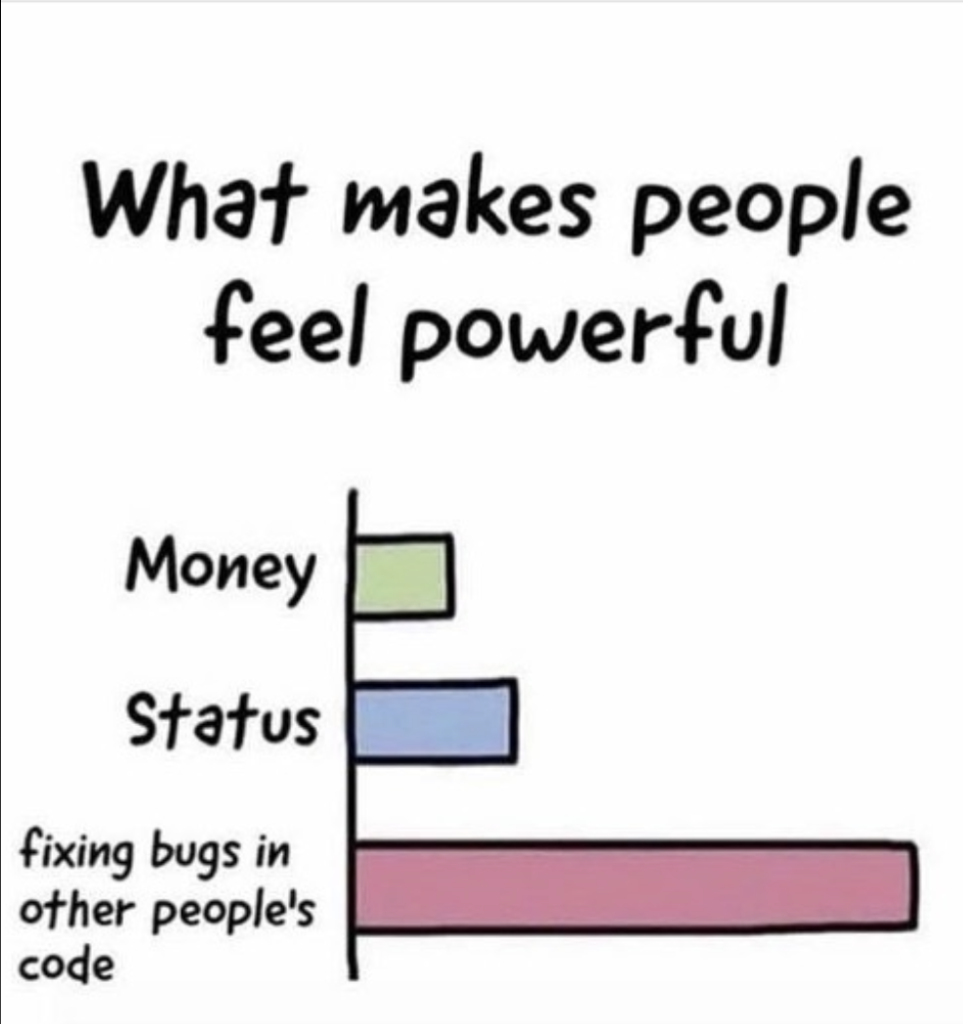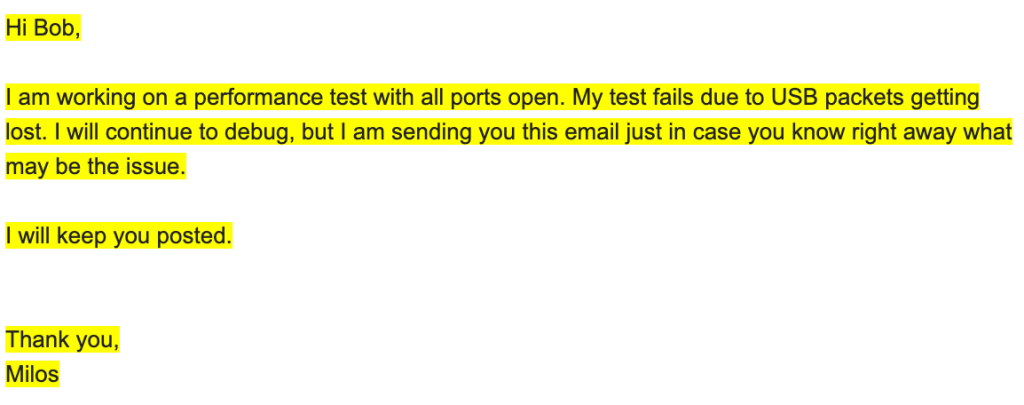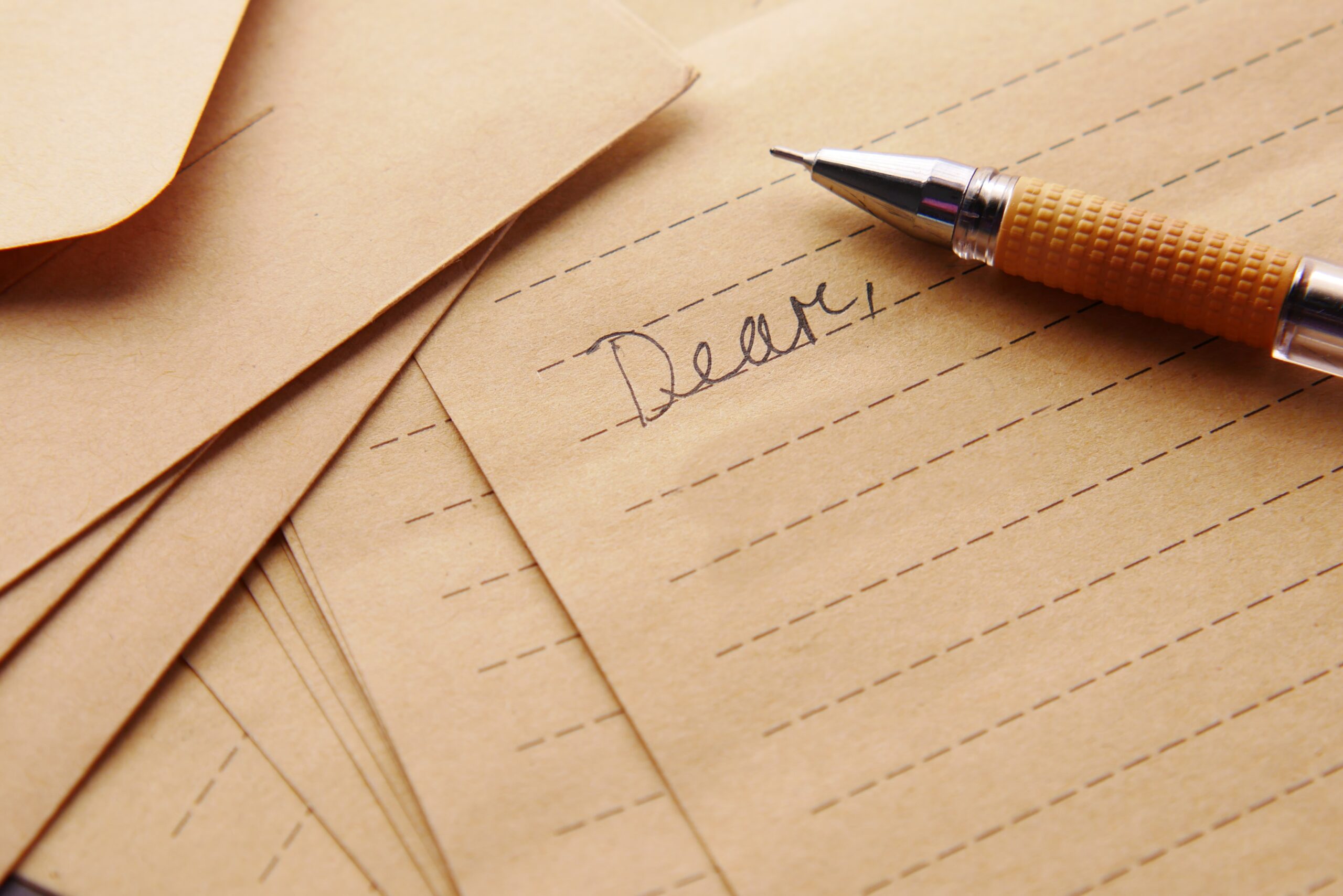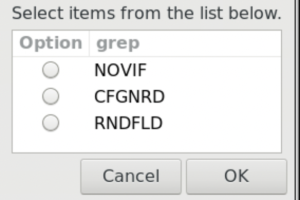What if I told you how you write emails is as important as your debugging skills? Sounds too much? Stay with me, and in this blog, you will learn why.
A very simplified flow of verification daily work is: write some verification code, run a simulation, analyze failures and send an email to the designer claiming you have found a bug. This last step, sending an email, makes a huge difference with respect to how successful you are as a verification engineer. Here are 5 tips that will enable you to excel at it.
1) First and foremost - be polite

It is not uncommon that verification engineers just starting their careers to write emails that are very close to being arrogant.
The reasoning goes along the lines of “Hi, I have run the simulation on your RTL code and I found a bug in your code.“
The words you use make all the difference. First of all, it may happen that the bug is not in the RTL, but in your own code. Don’t jump to conclusions. Even if you are 100% sure it’s a bug, choose your words carefully. Be polite
2) Properly pre-frame your emails

I know, I know, you have been told that you should initiate a call instead of writing long emails. But note that you may be working for a client who in fact prefers to read an email slowly and analyze them in detail, rather than going to a call. Yes, such people exist, and I am one of them.
When you say upfront that the email will be long and probably hard to understand, you shift the mindset of the recipient into a different mode – that of being receptive and open to it. Without this, the recipient may roll their eyes and think “Not again…”This one simple sentence is so powerful it will completely transform the reply you will get.
3) Ask for help, but use this trick
Every now and then you may find yourself stuck working on a task. While your team leader should be there to provide the assistance, suppose they are not working that day. You don’t want to stop the progress for 3 days. It may happen that your client will be able to provide a solution in 30 seconds, while it would take you 2 days to figure it out.
What you want to do is to send an email in which you essentially say that you are stuck and will continue to work on the problem, but are sending this email because they may know the solution right away:

It may happen that you will get a reply right away:

Using this technique saved me hours and hours of debugging over the course of my career. It is so simple, yet so effective. It accelerated my debug cycle greatly.
You did ask for help, but you also said that you are working on the problem and will continue to do so. Aside from getting things done, doing this will show you are proactive and actively working on the solution.
4) Include pictures
The human brain processes images much faster than text, so I always recommend using multiple pictures in your email.
As verification engineers, the core aspect of our job, and also a very unique one, is explaining the very complex matter in the email (it makes me wonder, in what other profession is this also done?).
Using pictures to explain what happened will move you toward the end goal much faster. Here are some examples from my own work. These are the pictures I included in my email when either reporting a bug or clarifying a complex scenario that needs to be executed.
Here I wanted to clarify what scenario should I execute:

Here I pinpointed the path where data gets corrupted. Parts in between belonged to a third-party model that was supposed to be silicon-proven:

Here I show problematic behavior and potential bug:

Here, I highlighted how GPIO traffic is not executed on lines that are muxed to the SPI interface. This was not supposed to happen.

Get accustomed to using pictures in your emails, and you will communicate relevant issues much faster.
5) Send an acknowledgment email
This is a nice trick that I started using early in my verification career. Basically, when your task comes via email, first and foremost, acknowledge it and say you’re on it. This itself is important, and many don’t do it, as they assume it’s obvious.
However, an additional tip is that you always clarify the assumptions under which this task will be done. You can send something along the line:

In this way, you show that you are thinking a few steps ahead and greatly increasing your chances of success.
Conclusion
In this article, I have provided 5 quick tricks that will make you much more efficient when sending emails. These are proven strategies I used over the course of my career and they showed to be very efficient.
In what way are you structuring your emails?




